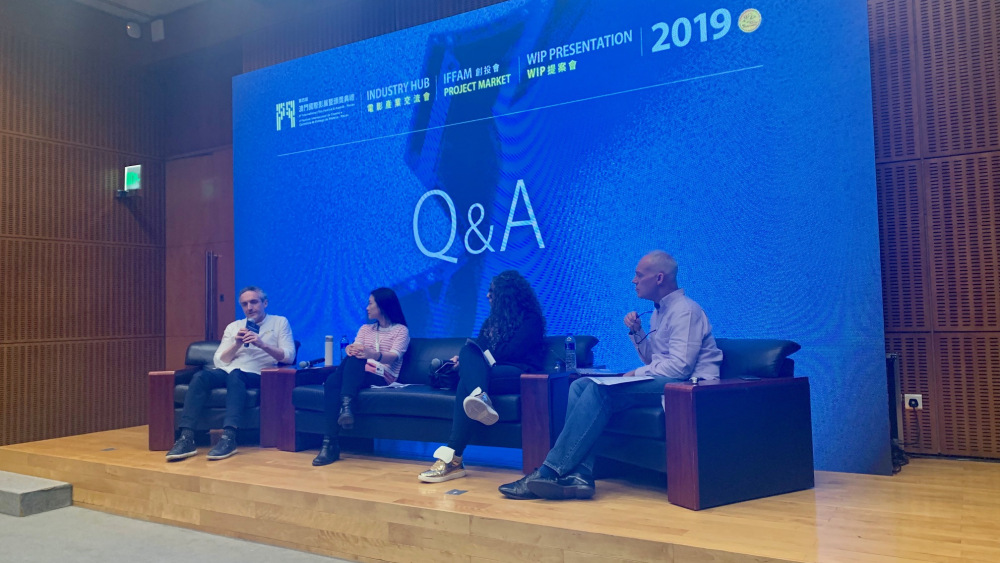Macao Industry Debate: Streaming Not Done Reshaping Indie Film Business

New viewing habits brought on by the rise of streaming have hastened the demise of the mid-budget American indie, changed the very definition of arthouse cinema, and shaken the indie distribution business. But theatrical is still here to stay, attendees of the Macao International Film Festival’s closed-door industry panels concluded Saturday.
Panelists gathered to discuss three topics: the changing face of the industry in the post #MeToo era; the fate of indies in the streaming era; and the future of the theatrical market. Variety‘s Patrick Frater moderated a public panel between session moderators, that followed three earlier sessions held in camera.
Most attendees felt that Netflix offerings like “The Irishman” have proven less of a threat than once imagined as theatrical films, since they don’t have a theatrical windows in many overseas markets like India or France.
Such prestige films may have turned out to be more about PR, prestige awards for the platform, and affirmation for the talent than a real threat to the larger theatrical ecosystem. That’s because screen counts in emerging markets like Asia are continuing to grow considerably, summed up moderator Andy Whittaker, founder of Dogwoof.
But mid-budget U.S. indie films have largely disappeared. Instead, box office is propped up big Hollywood event movies and, overseas, local content such as Bollywood films, French comedies and Chinese blockbusters in their respective home markets.
Interestingly, the past two years have also seen the rise of unlikely breakouts such as “Capernaum” and “Free Solo,” which have become genuine hits in multiple territories, making upwards of $10 million — “which was previously unheard of,” said Whittaker.
Consequently, the definition of arthouse is changing. “Arthouse used to mean a Korean film that was award-winning. Now, an arthouse film is not a comedy, not ‘Star Wars,’ and everything else. Even mid-budget, $10 million movies are all arthouse,” Whittaker said.
Asian consumers have not prioritized the subscription mentality as much as consumers in the U.S. or the U.K., where the market is “at a real inflection point where [their] habits are having a dramatic impact on the specialized space,” according to Dori Begley, executive VP of Magnolia Pictures.
“Producers are happier and distributors are miserable,” she said, summing up in broad strokes. “There’s more production work for hire and less of an opportunity to nurture talent as there once was.”
Other than for a few exceptions such as “Parasite” and “The Farewell,” audiences these days are less interested in paying transactional fees either at the box office or on SVoD for challenging content that’s neither feel-good nor purely about the spectacle, she said. People are watching, but they prefer to engage with such fare at home for what is perceived as “for free” — via one of their existing subscription services.
Such changes in viewing habits has meant that Magnolia and others have had to drastically change their acquisition strategy. “A lot of us are leaning more towards traditional theatrical and away from premium TVoD, and collapsed windows. We’re at this point where the films that worked for us even two years ago are not working.”
Indie distributors have long played an important role for studios and big platforms in building the profile of smaller films and bringing up new talent that can then go on to do bigger things. But their role is being rethought.
In the content ecosystem, such players have been like the bees of the content ecosystem, said Begley, who warned: “If the specialized stakeholders collapse, the impact is going to be far greater than most people realize.”
By Rebecca Davis/Variety

熱門頭條新聞
- The AI Agent operating system has raised $56 million in funding.
- AIGC industry development status in China
- Ventana Sur 2024: Official Selection
- Infinity Nikki hits 30 million pre-registrations ahead of launch later this year
- UNCLE CHOPS ROCKET SHOP LAUNCHES NEXT MONTH
- Industry legend Peter Molyneux joins NG25 Spring
- Lexar Introduces Professional Workflow 6-Bay Docking Station, Workflow Portable SSD, Workflow Reader Modules, and Three CFexpress 4.0 Cards
- The Next Generation Soul Game is Officially Released!
